by Cecilia Luzi
I had the opportunity to observe and compare two different communities and the different patterns of urban-rural migration in the bustling cafes of Hasami and the beautiful landscapes of Buzen. My goal was to learn more about the migrants’ perspective on rural life and to analyze the different factors that play a role in creating a sense of belonging. For many of the people I met, their journey was linked to a sincere desire to learn and adapt, which is crucial in fostering a sense of home in a new environment. Amidst this commitment, migrants bring with them a rich history of familial and individual relationships, personal aspirations and unique skills that infuse the process of building a new home with creativity.
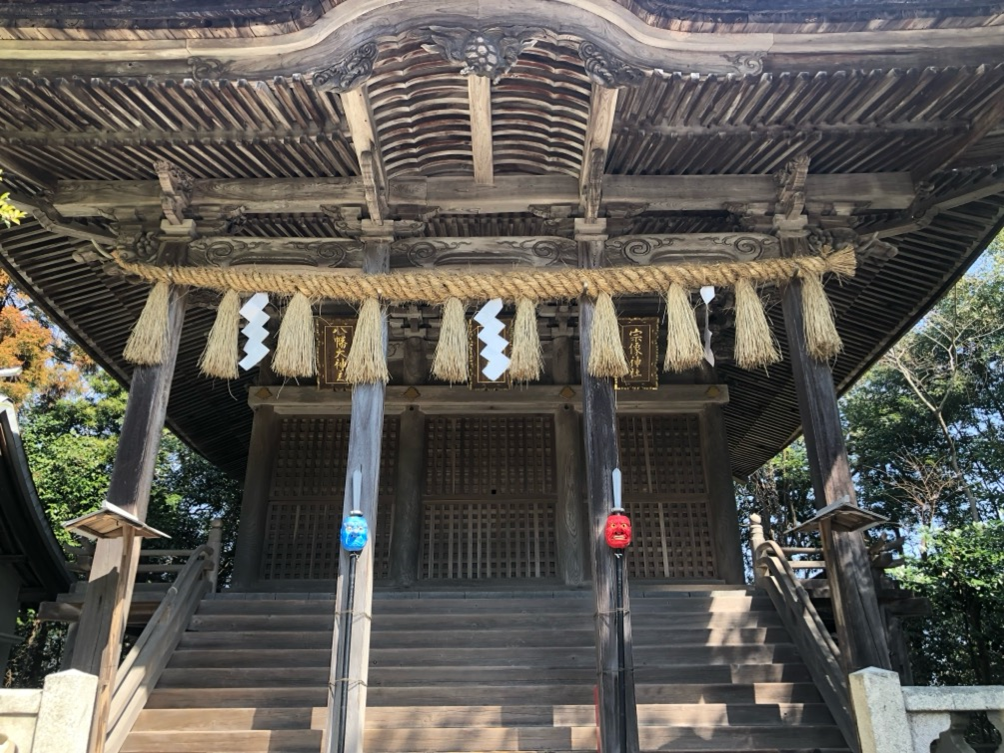
Copyright © Cecilia Luzi 2023
Today, I would like to share with you the story of Rieko, a 43-year-old woman who moved with her two daughters to one of the municipalities in my fieldwork. Her husband commutes to the nearest big city and returns home on weekends. Rieko used to work as a freelance web writer and photographer, but now she works for a company promoting local tourism. She is a content creator, and her job allows her to explore local tales, legends, and myths, which she is passionate about. When I arrived, Rieko became my local guide, and we started a tradition where every two to three weeks, we would go on a ramen-and-jinja day. Rieko would drive me to hidden shrines and share their history with me. Afterwards, we would enjoy delicious ramen at nearby spots. Our last ramen-and-jinja day was on a sunny mid-February day in 2023. We headed to a ramen shop along the road that was mainly frequented by truckers, to enjoy a tonkotsu ramen. “It was the first place I tried when I first came down with my husband to visit the area in view of a future move. It’s the best tonkotsu ramen in all of Kyūshū!” Rieko confided. On that particular day, she led me to visit a shrine hidden under a cliff covered with vegetation, in the middle of rice fields. Rieko was a rich source of information about the place, and she insisted that it’s a shame these areas are not adequately promoted.
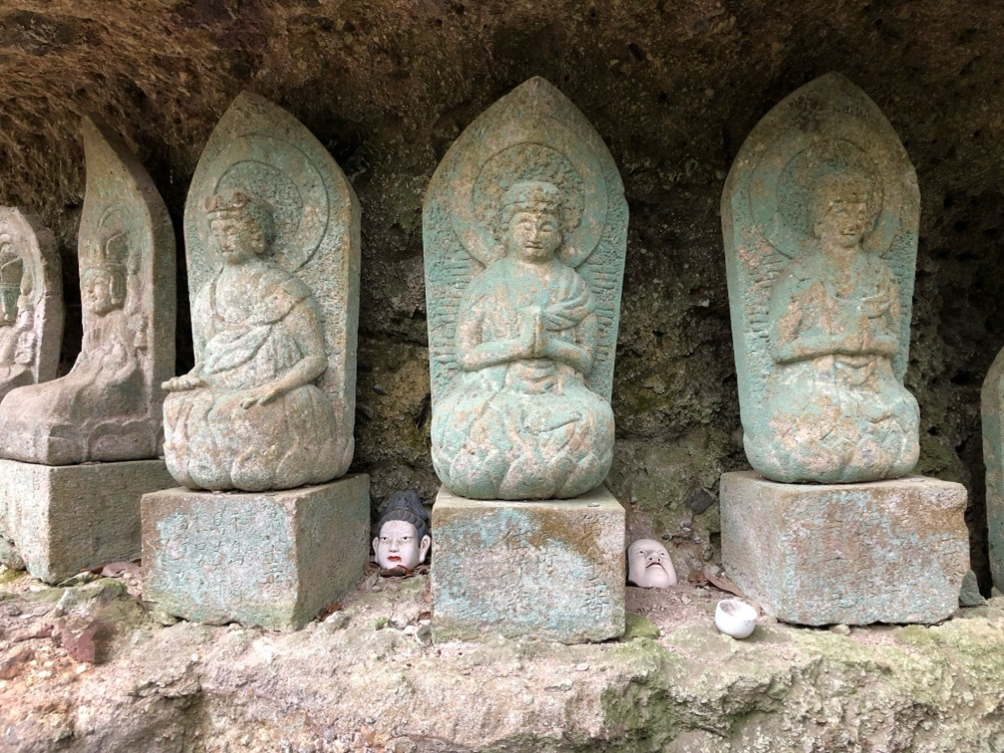
Copyright © Cecilia Luzi 2023
We discussed how people perceive these areas: “Not many people live in these areas. Outside of here, it’s difficult to make people understand where these towns are, and people have only a very vague idea of how life is in these areas, and this is true also for migrants or those who would like to come here. Once, talking to someone about my choice, they told me how nice it must be to live in a place in the middle of the mountains (note: the municipality has only a very small portion of mountainous terrain; the rest are hills that descend to the sea).” We laughed and Rieko confessed: “I didn’t really know what to respond.” Rieko has been making an effort to connect with her new home by learning about its history and geography. She uses various online sources and visits the local library to gather information. She has also tried to reach out to local amateur historians for more insights, but unfortunately, they were not very cooperative: “You know, it’s often older retired men, and either they aren’t very friendly, or sometimes conversations can get a bit awkward,” she once shared with me. When I visited her home for the first time, she proudly showed me a couple of old books on local history that she had recently acquired from a small museum a few months earlier. Besides her job, Rieko also has a blog where she shares her knowledge of the region’s rich history and legends, as well as her reviews of restaurants and cafes. Her unique perspective as a young woman from “outside” immersing herself in local history makes Rieko’s view on local geographical and historical landscapes refreshing.
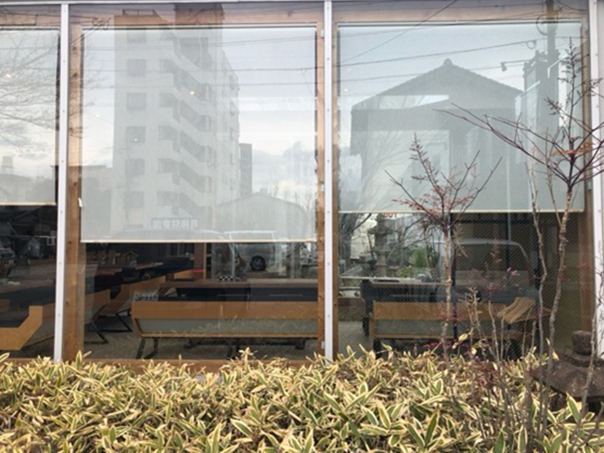
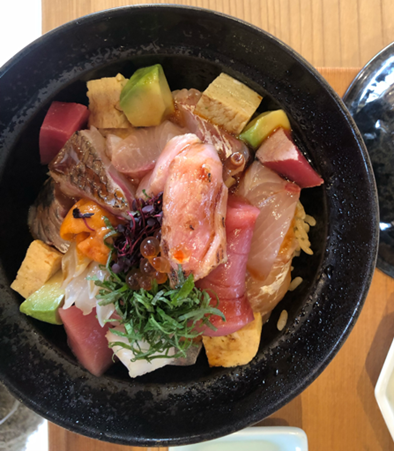
Copyright © Cecilia Luzi
Reiko’s personal journey as an urban-rural migrant is a good example of how people try to connect with their new place of residence through their work, lifestyle and interests. Before moving to the country, she had not expected to develop a passion for history. But this unexpected pursuit also proved beneficial for the local government. Rieko occasionally works with the Green Tourism Office to design new brochures and promotional leaflets. By increasing her commitment to her new life, she also became an asset to her new community.
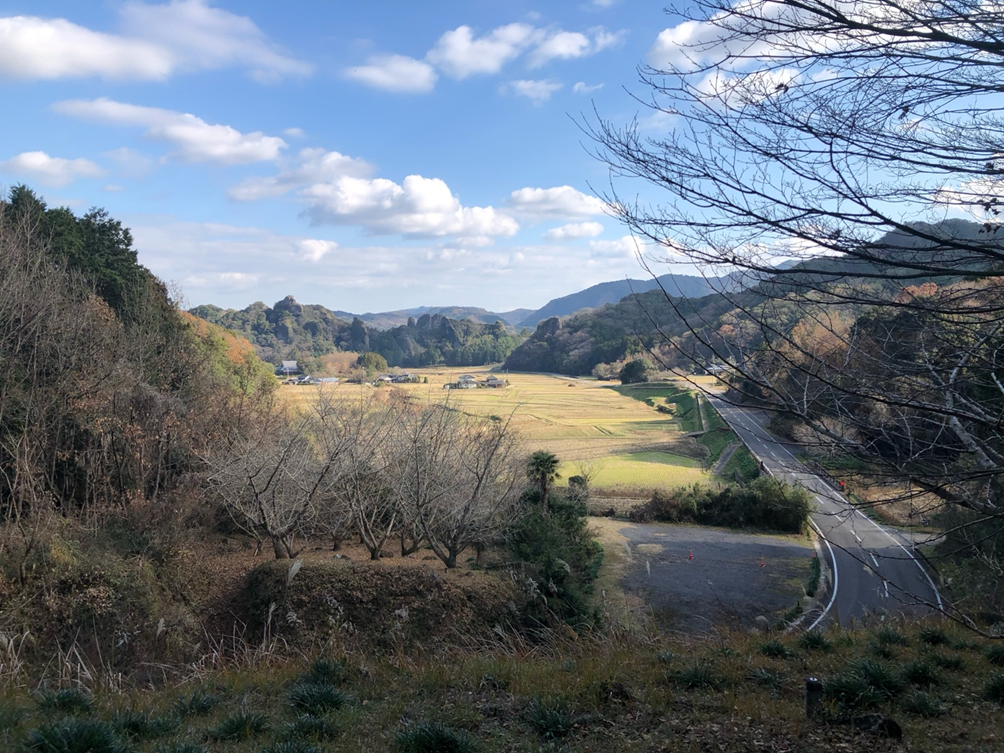
Copyright © Cecilia Luzi 2023
Rieko’s story shows how a sense of belonging is built through a constant effort from migrants who want to feel at home in their new place of residence. Interestingly, this sense of belonging operates reciprocally: as Rieko attaches herself to the place by delving into its past and present, the place becomes a part of her identity. In return, she becomes an integral part of the local community by actively producing knowledge about it and through collaborating with the local government. Similar to many other urban-rural migrants, Rieko introduces the possibility of new ways of inhabiting this space through her presence, actions and perspectives on rural areas. This broadens the definition of what it means to be a local and creates a change in the way rural spaces are perceived and inhabited.
